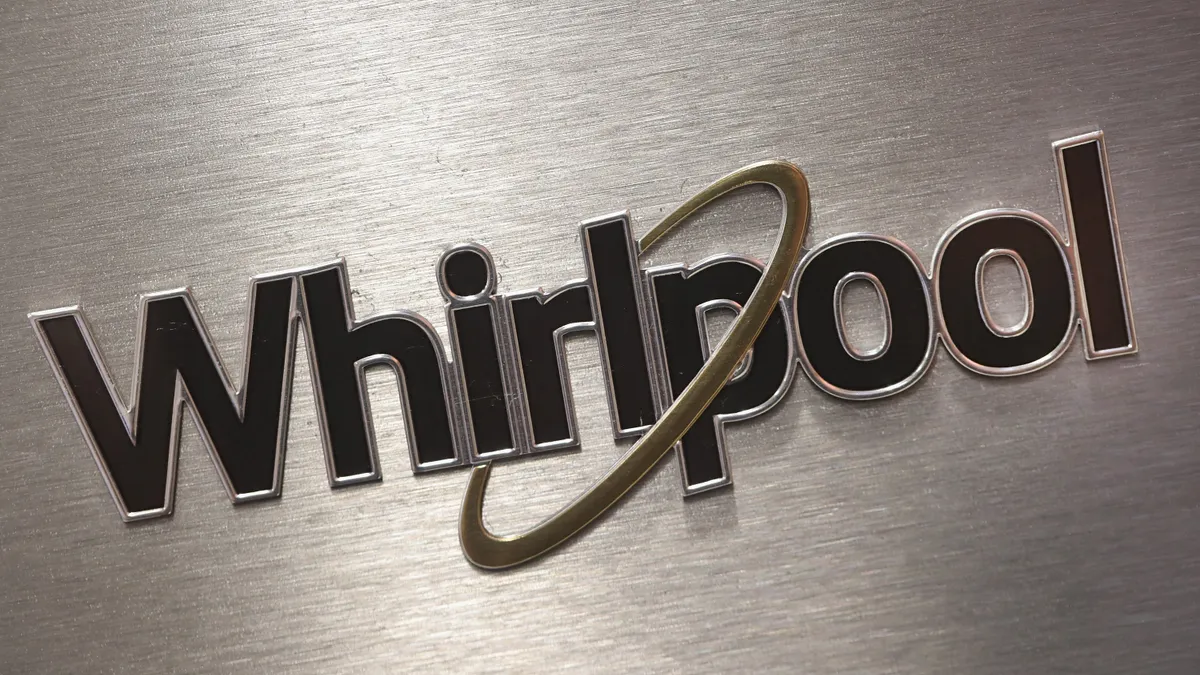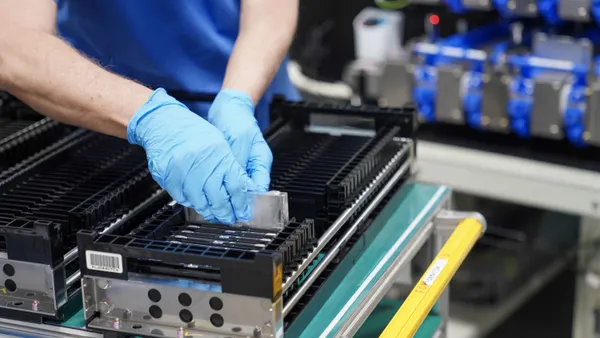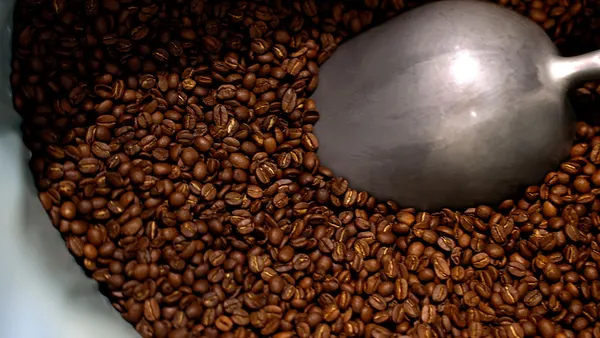Dive Brief:
- Whirlpool Corp. is "on track" to deliver $800 million in cost reductions in 2023, after reducing parts complexity and leveraging dual sourcing tactics, company executives said in a Q3 earnings call.
- The home appliance company adopted procurement-based strategies to mitigate risk of supplier-driven disruptions in 2021, efforts that helped its quarterly results, CEO Marc Bitzer said in the call.
- "Our operational priorities delivered 100 basis point improvement of margin expansion, improved supply chain execution, share gains in North America and $300 million of cost takeout actions," Bitzer said.

Dive Insight:
Supplier disruptions have plagued Whirlpool Corp. In response, the company has leveraged procurement strategies such as dual sourcing and reducing parts complexity to minimize interruptions to its supply chain.
In 2017, Whirlpool and Sears split as the retailer struggled to retain suppliers and customers amid a sinking retail market. Then, in 2021, the home appliance maker told analysts during a Q4 2021 earnings call that the Omicron variant of COVID-19 was impacting suppliers as were higher steel and resin costs. Earlier this year, Whirlpool’s Q4 production volumes fell 5% because of a “one-off” disruption at an unnamed supplier that has since been resolved.
Whirlpool has been assessing risks in its supply chain before committing to a plan.
For dual sourcing, the company assessed geopolitical instability, natural disasters, and supplier-related issues. Evaluating these issues provided the company insight on its vulnerabilities and where dual sourcing could be beneficial, Whirlpool Corp. SVP of Global Strategic Sourcing Alessandro Lombardi told Supply Chain Dive in an email.
"We have protocols established for compliance, quality control, supply chain management, etc, which help signal when we may need to switch to an alternative supplier," Lombardi said. "We constantly monitor the performance of our suppliers to assess the effectiveness of the dual sourcing strategy and make necessary adjustments as needed."
The company’s risk assessment allowed it to introduce dual sourcing for electrical and structural components.
In terms of parts complexity, Whirlpool also used an assessment to determine the adequate parts to optimize.
"We know that reducing parts complexity can lead to cost savings, streamlined operations, and improved product quality," Lombardi said. "So we started by assessing our existing parts inventory and identifying opportunities to consolidate similar parts or components. Wherever possible, we streamlined the variety of parts by standardizing designs, materials, or specifications."
The company also collaborated with its supply partners to explore ways in reducing manufacturing complexity.
"As a result of the actions we’ve already taken, we’ve seen significant cost savings, streamlined production processes, and reduced supply chain disruptions,” he said. “We expect this forward momentum to continue into Q4 and 2024."














